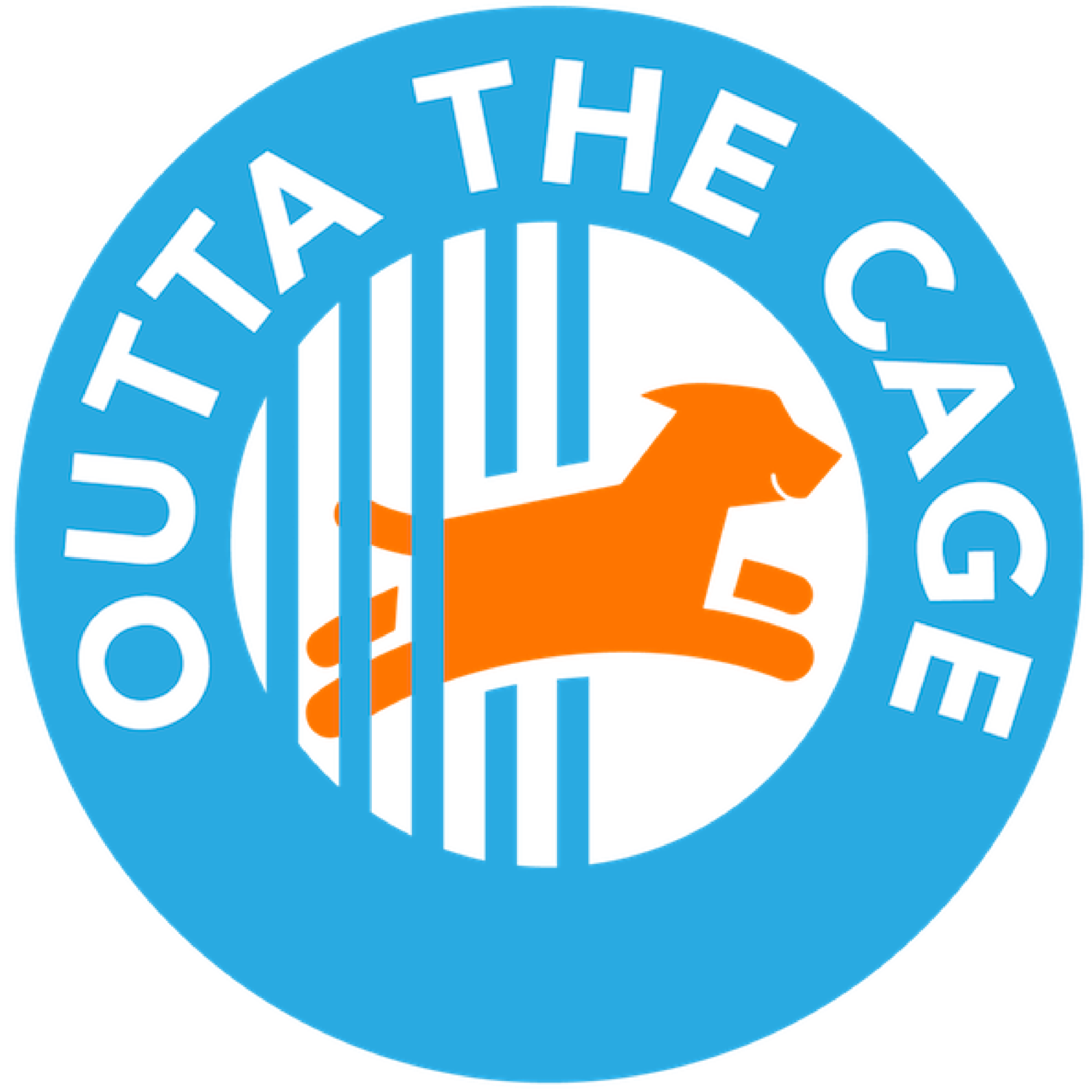To save them, we must acknowledge their trauma
In which Jill shines a light on the suffering of shelter dogs in a broken system.
A few years ago, a work colleague described a consulting gig in a small southern town that offered him more opinions than amenities. “It was my own personal Vietnam,” he said sarcastically, borrowing a line from a politician.
I laughed at the expression’s overstated ridiculousness. My friends and I pilfered it and began applying it to our own workaday lives, eventually truncating the phrase “My own personal Vietnam” to, simply, “’Nam.” Drop your iPhone in the toilet? ‘Nam. Costco out of roast chicken? ‘Nam. Forgot where you parked at Dodger Stadium? ‘Nam.
Newly woke and easily tired by the hackneyed, my friends and I moved on to other jokes.
Recently, I met a woman walking through the kennels at a local shelter. Observing a German Shepherd, a long-term stay dog spinning manically in his kennel, the woman turned to me tearfully and said, “It’s like he’s a prisoner of war.” In this case, the metaphor is all too apt.
This year has been annus horribilis for shelters. Not only are more animals entering and re-entering the shelter system, but their average length of stay has also increased. Big dogs, in particular, suffer from prolonged confinement. (As the saying goes, “The bigger the dog, the longer the stay.”) Many become depressed and develop behavior and health problems.
Indeed, emotional suffering is real. Imagine being a dog in an understaffed shelter where every human interaction is stressful and frenetic. Being led back to the clinic where you’re muzzled and injected. Rushed into the play yard for 5 minutes while a volunteer scrapes four days’ worth of poop from your kennel floor. Strangers thrusting their fingers in your cage, while neighboring dogs wail for attention.
Add to this higher staff and volunteer attrition rates and compassion fatigue among rescues and fosters and you have a veritable war zone where the troops are outnumbered, the battle plan changes, and the leaders calling the shots are themselves shell shocked.
More animals mean less time spent on any individual animal. It means that shelters are noisier, socialization and enrichment efforts are inconsistent (or non-existent), staff and volunteers are spread thin, animals are sicker, and visitors are overwhelmed.
Befriend a large dog who’s been in a shelter for a few months, and you’ll witness the gradual and heartbreaking decline. A mastiff, formerly a family dog, loses weight until his ribs protrude. A cattle dog begins chewing her tail until blood covers the kennel walls. A Dobie mix starts growling at passersby. A young pit bull goes from barky to listless. Shelters note these behaviors and tally them up when it’s time to kill for space.
Like battle-weary soldiers, traumatized dogs can recover. They need time. They need rehabilitation. They need support. They need people to acknowledge who they are and what they can become. The legacy of trauma for shelter animals is a heavy burden for humans to bear, particularly when we realize that it’s all our fault.

